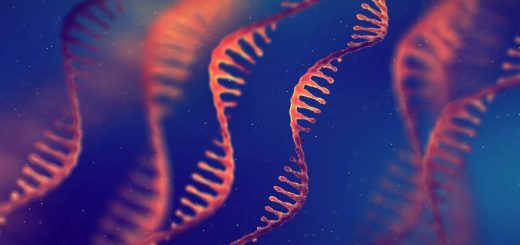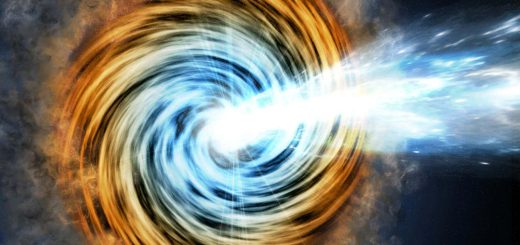Ancient rocks show earliest evidence of tectonic activity on Earth
The origins of plate tectonics on Earth are hotly debated, but evidence from Australia now shows that parts of the crust moved in relation to each other as early as 3.5 billion years ago
By Alex Wilkins
15 July 2025
The Pilbara craton in Western Australia is made up of some rocks that are 3.5 billion years old
Elizabeth Czitronyi / Alamy
Rocks in Australia preserve evidence that plates in Earth’s crust were moving 3.5 billion years ago, a finding that pushes back the beginnings of plate tectonics by hundreds of millions of years.
Today, around eight vast, rigid plates of rock at the surface of the planet, plus some smaller plates, are pulled or pushed along a softer layer of rock beneath. When the edges of these plates slip or slide past one another, sudden geological events can occur, like earthquakes, as well as more gradual processes, such as the formation of mountain ranges.
Read more
We are finally getting to grips with how plate tectonics started
But geologists disagree over how many plates there once were, when they started moving and how they used to move. Some researchers claim they have found evidence from as far back as 4 billion years ago, when the planet was significantly hotter, while others say the strongest evidence is more recent, from 3.2 billion years ago.
Most of this evidence consists of hints from the chemical composition of rocks, which geologists can use to infer how those rocks moved in the past. However, there is little record of how early plates may have moved relative to each other, which is seen as the strongest evidence of tectonic plate movements.
Now, Alec Brenner at Yale University and his colleagues say they have found unambiguous evidence of relative plate motions around 3.5 billion years ago in the eastern Pilbara craton in Western Australia. The researchers tracked how the magnetic field of the rocks, which was aligned with Earth’s magnetic field, moved over time, similar to how a compass buried in the rock would change its needle direction as the ground moved.


